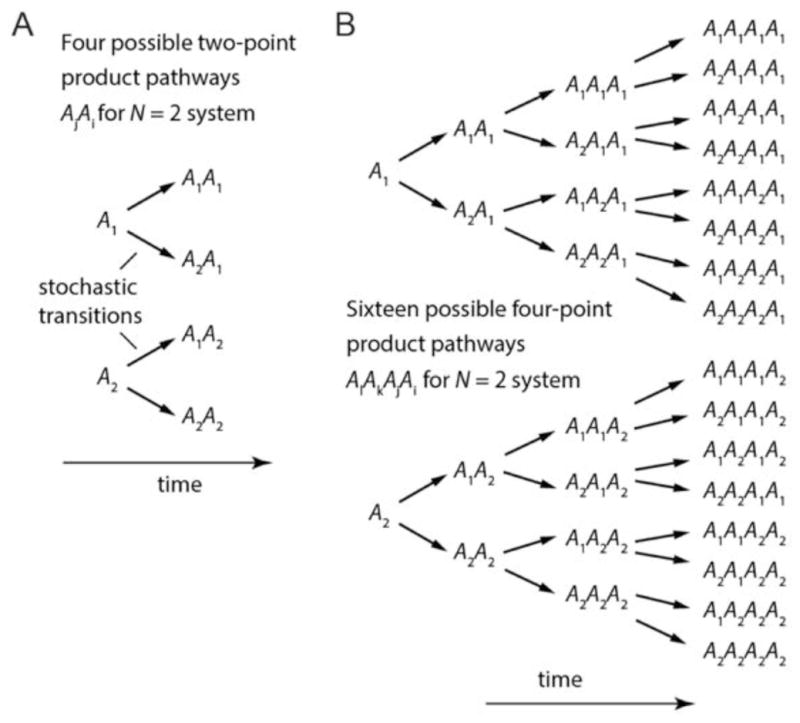Figure 3. Transition pathway contributions to 2nd- and 4th-order TCFs for two-state (N = 2) system.

(A) There are N2 = 22 = 4 possible outcomes of a time-ordered two-point product of the observable A(t), which are used to construct the 2nd-order TCF C̄(2)(τ). (B) There are N4 = 24 = 16 such sequences for the four-point product that is used to construct the 4th-order TCF C̄(4)(τ1, τ2, τ3). The conditional probability pji(τ) that a stochastic transition will occur from state-i to state-j within the time interval τ is given by Eq. (10).
